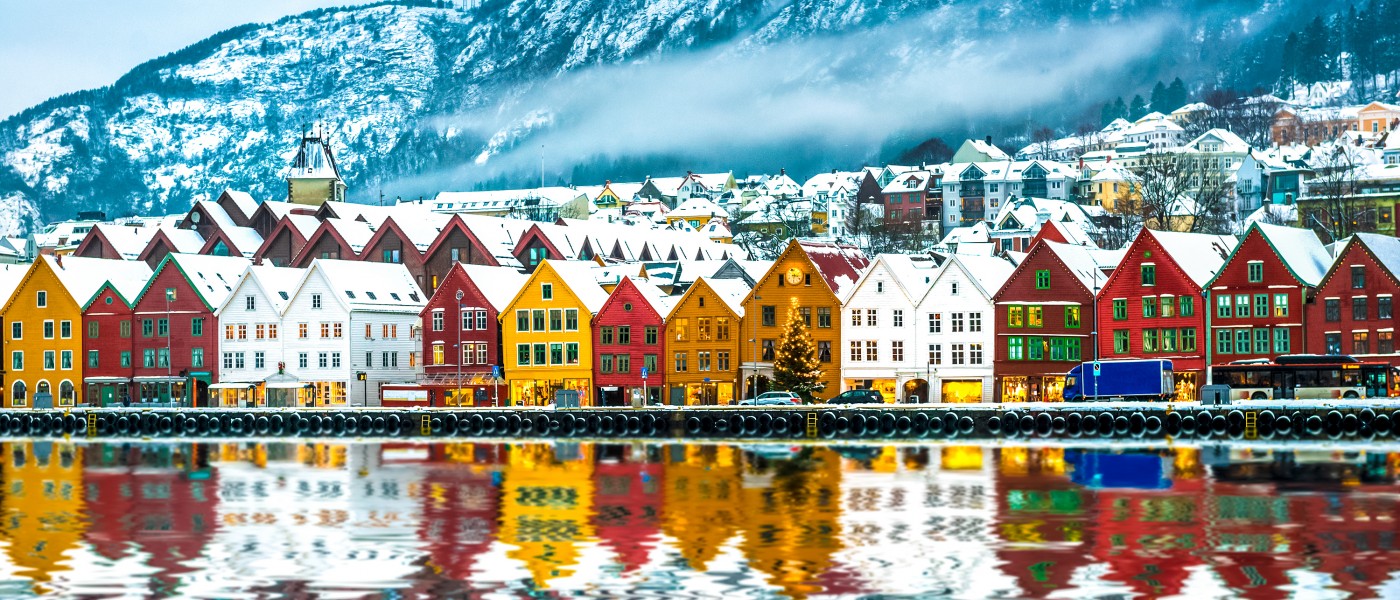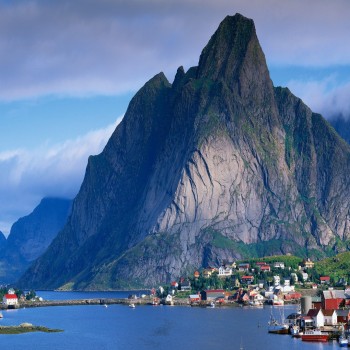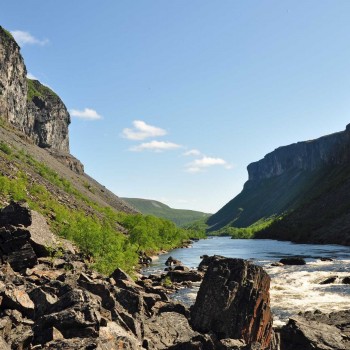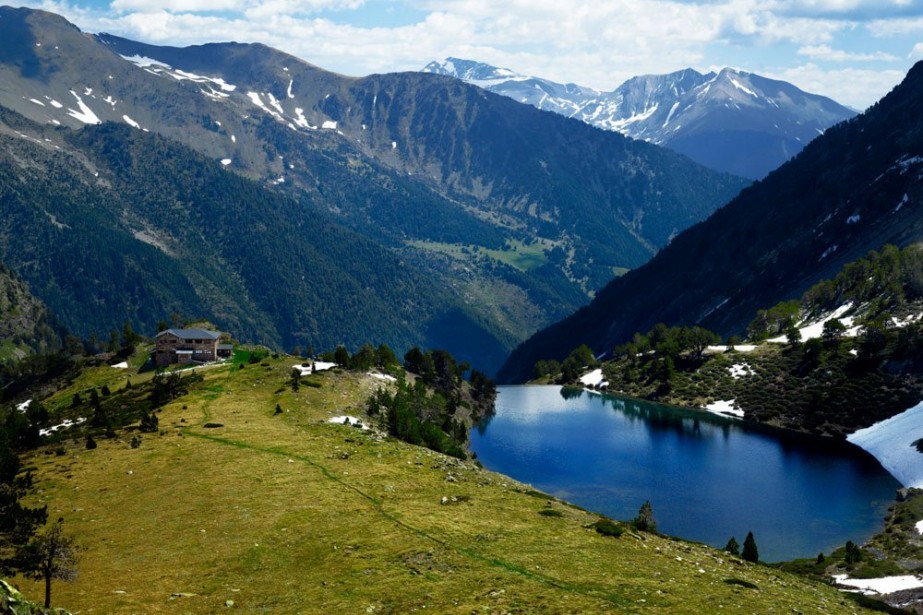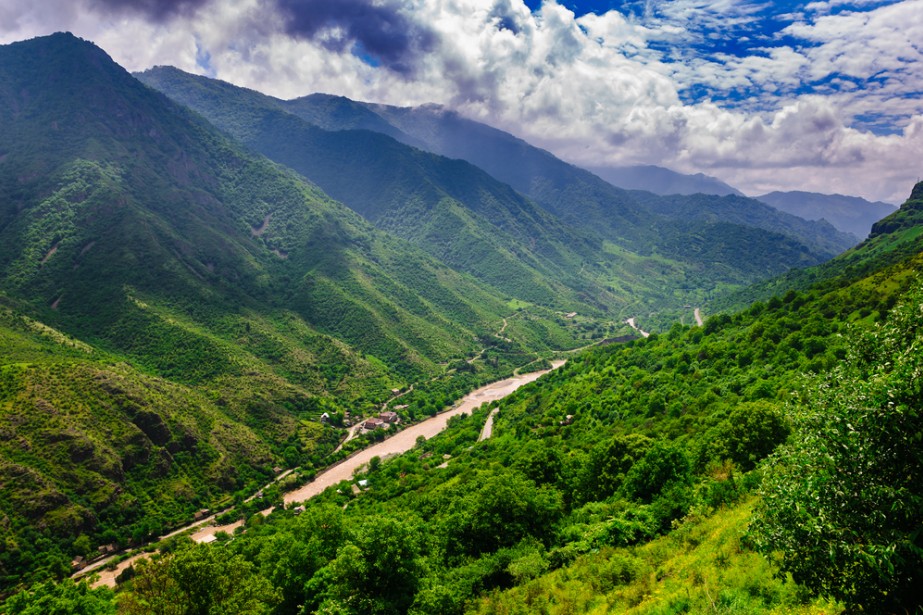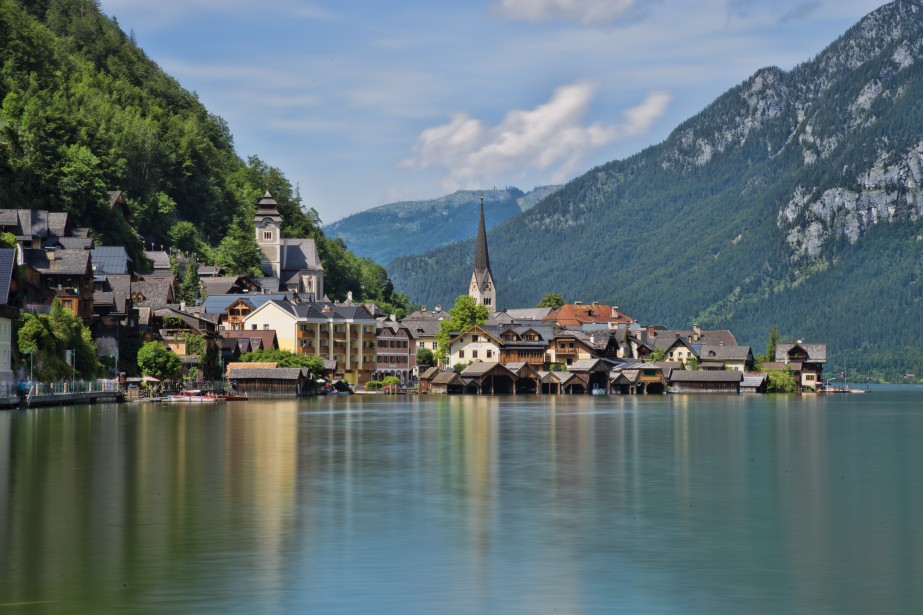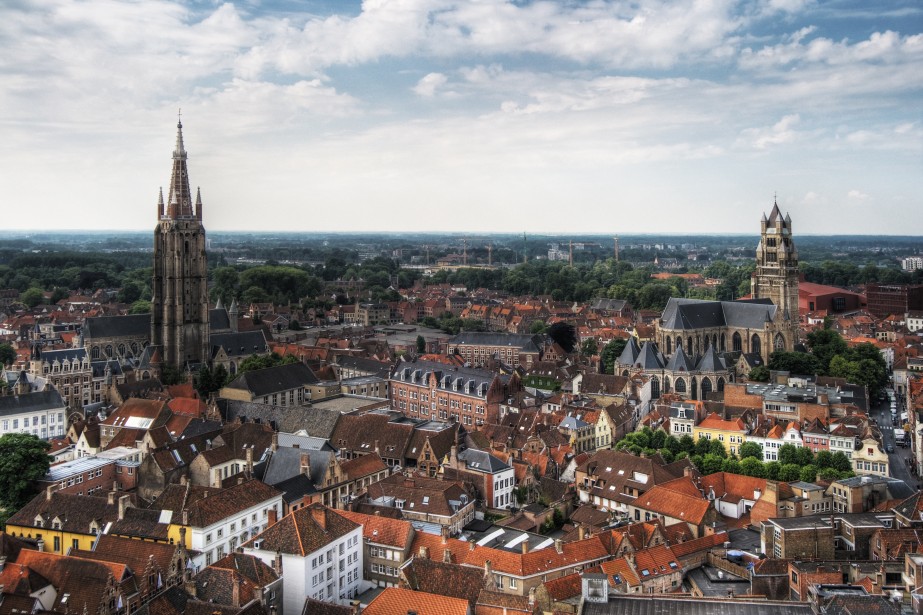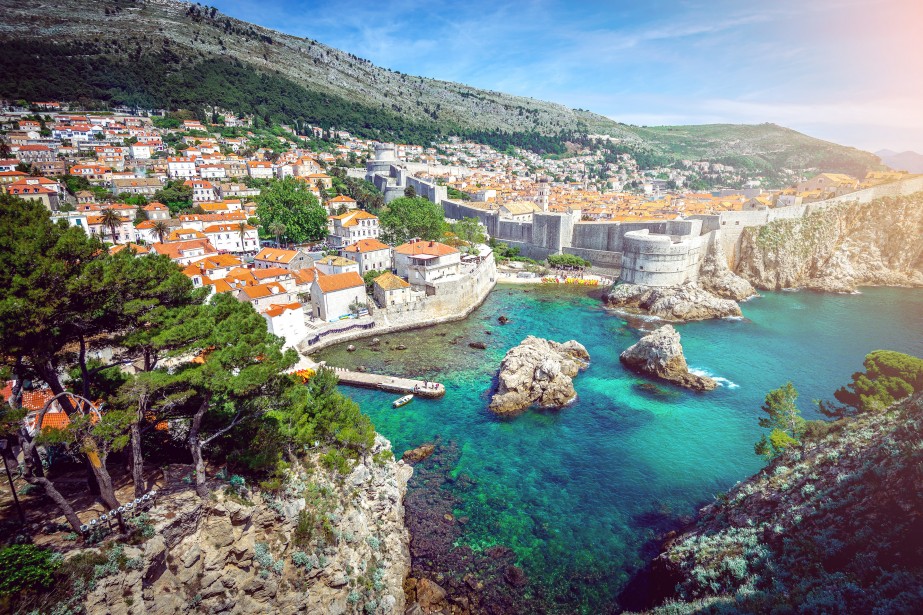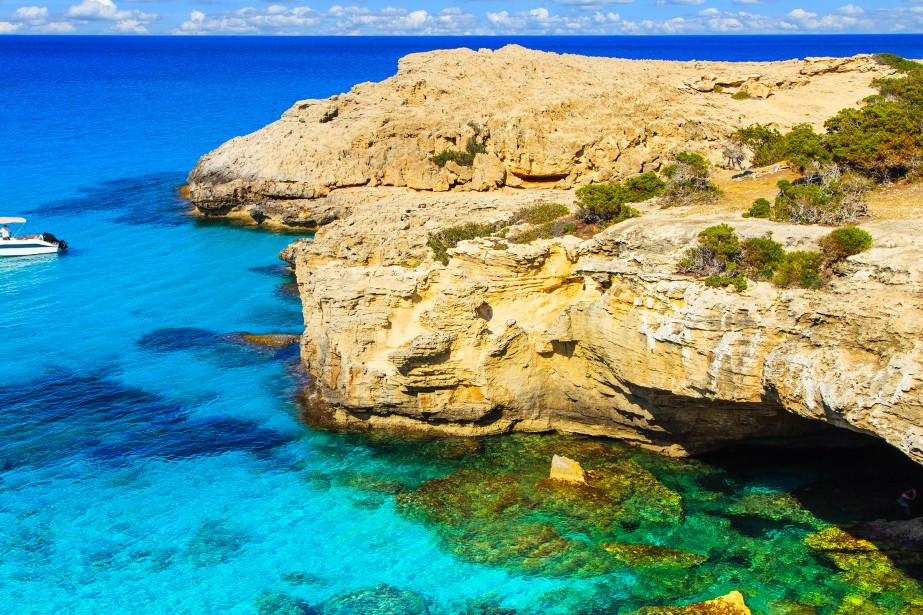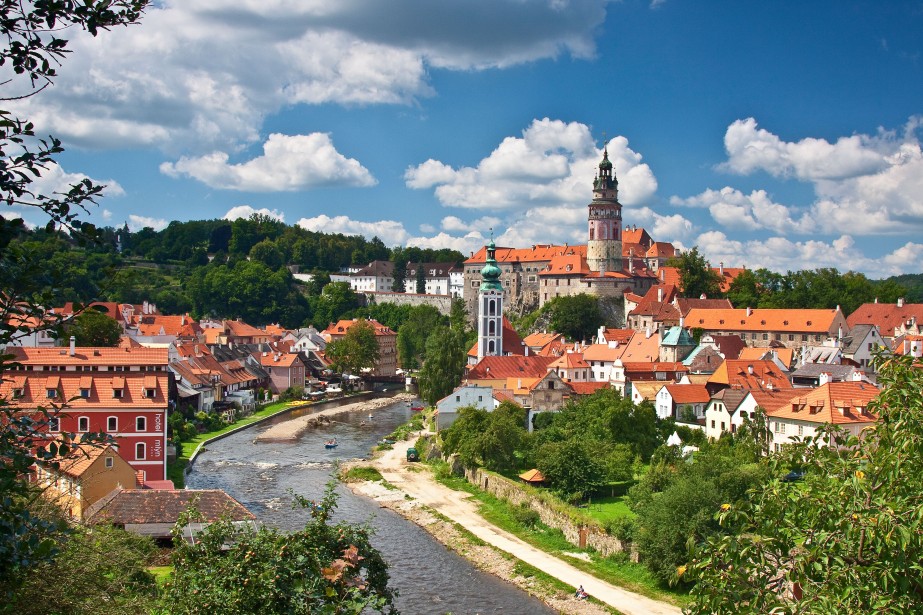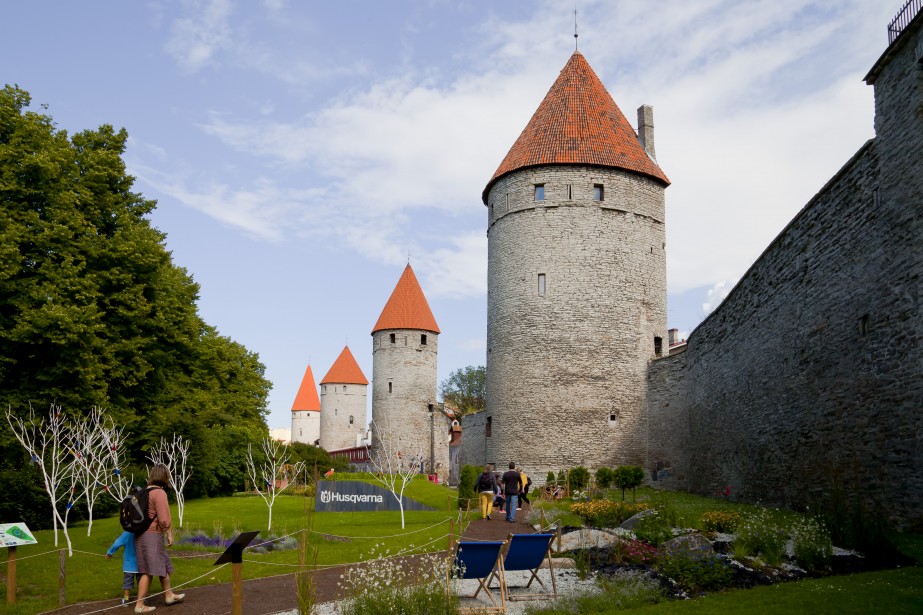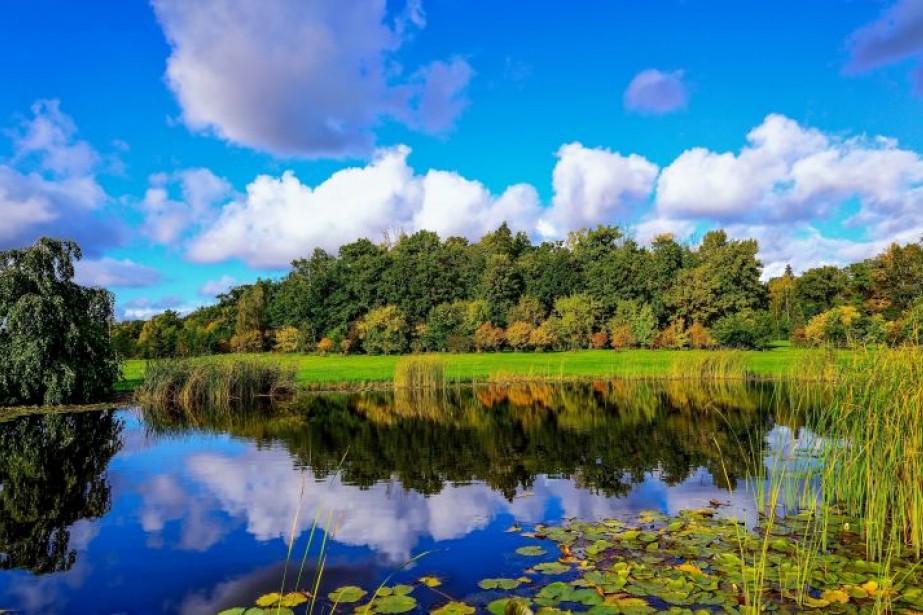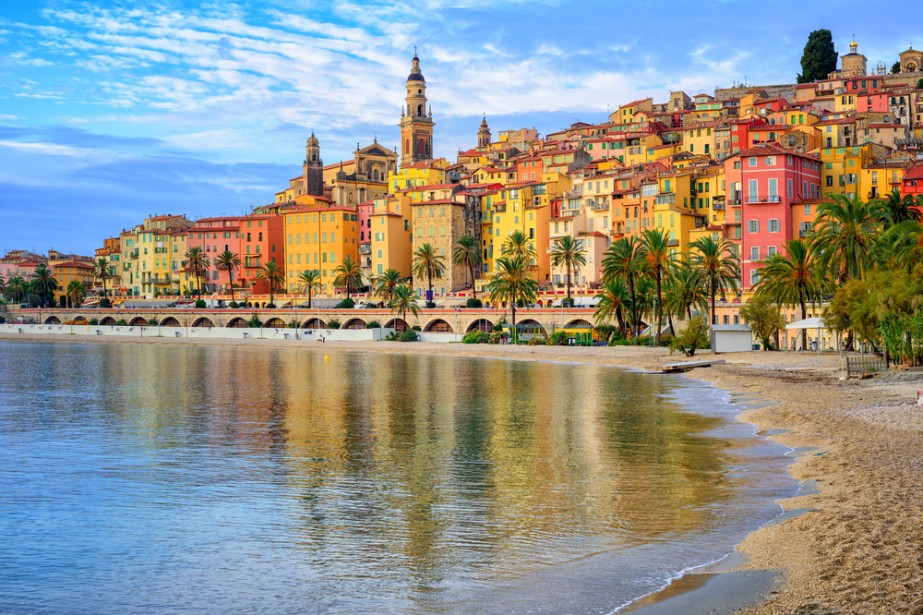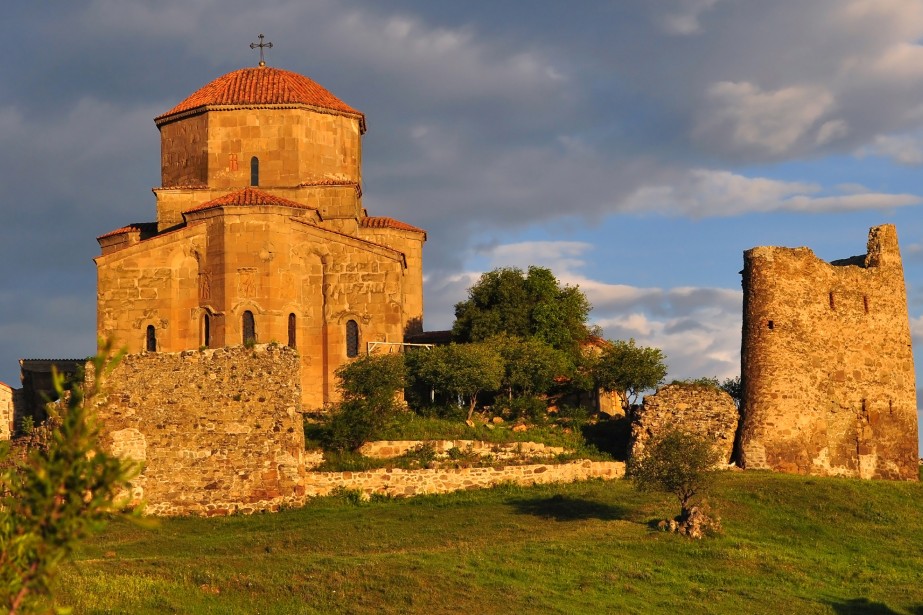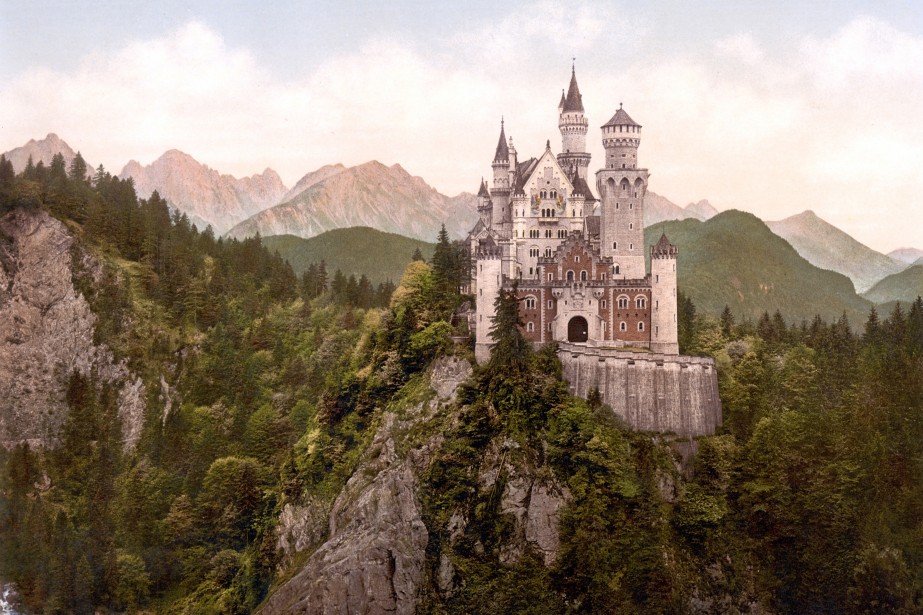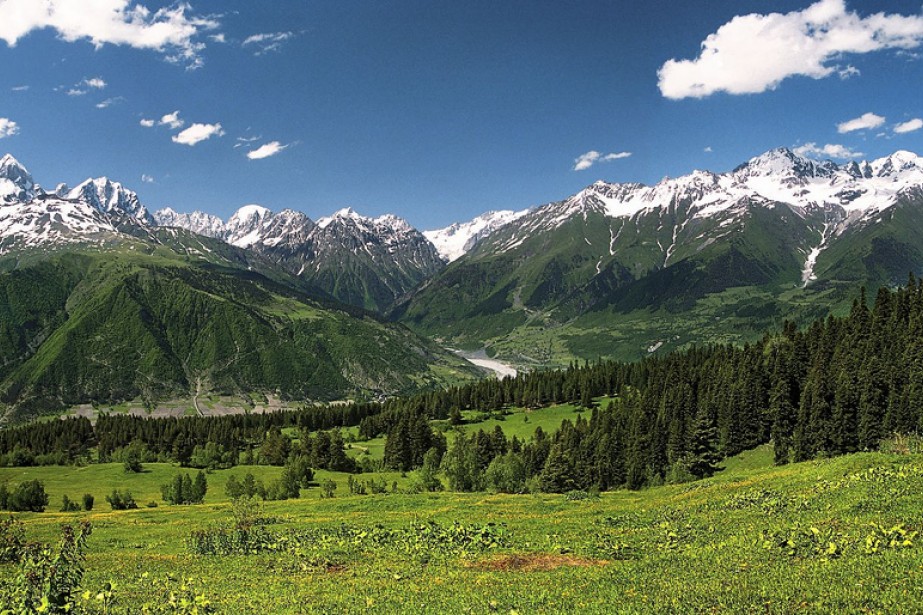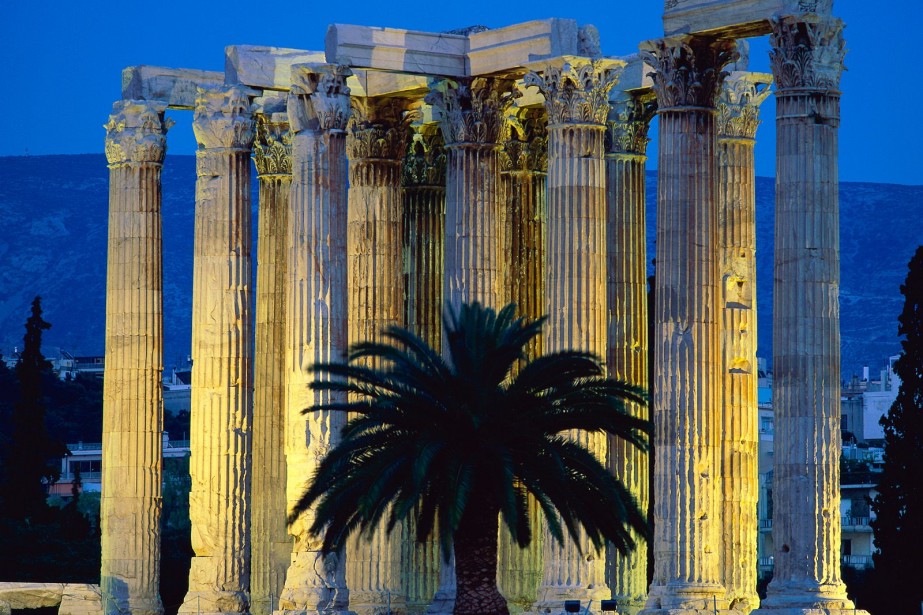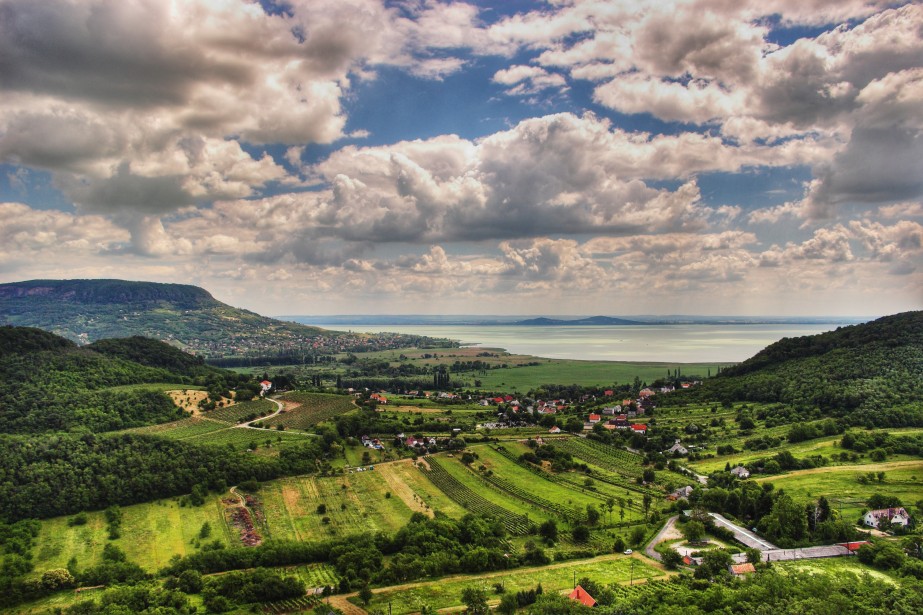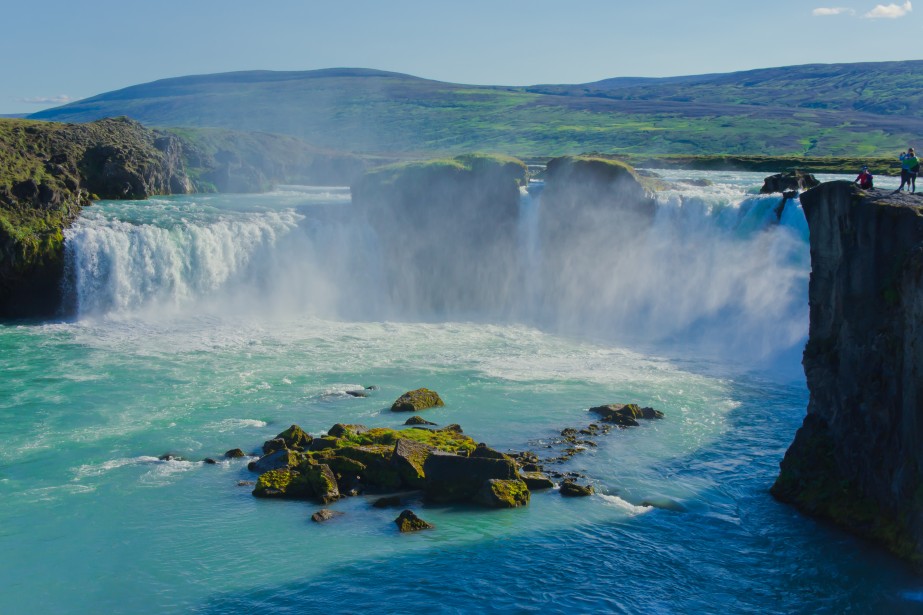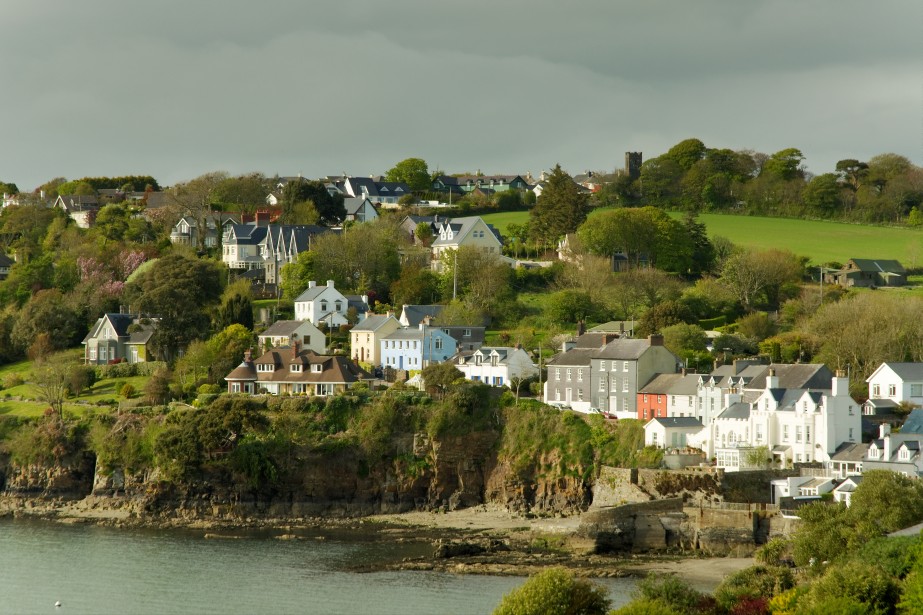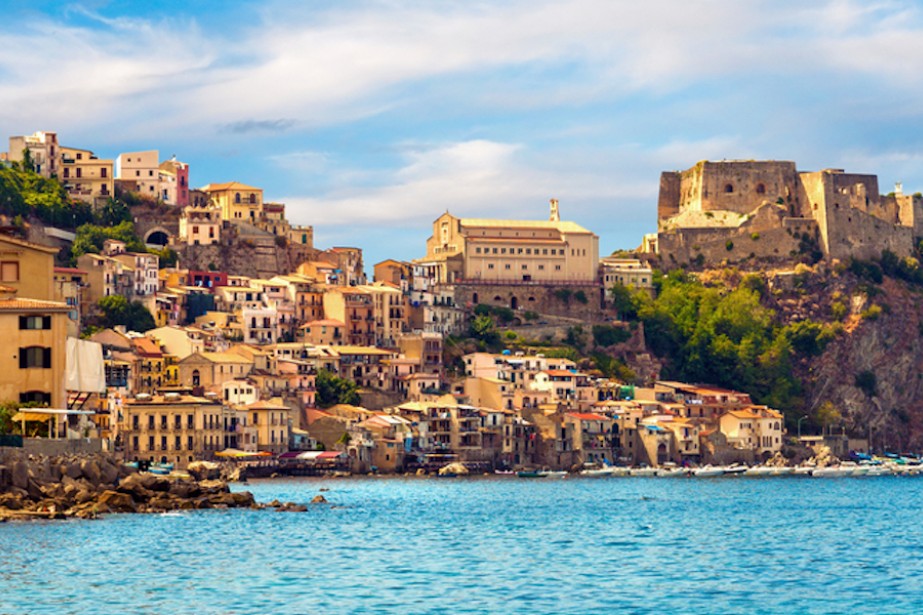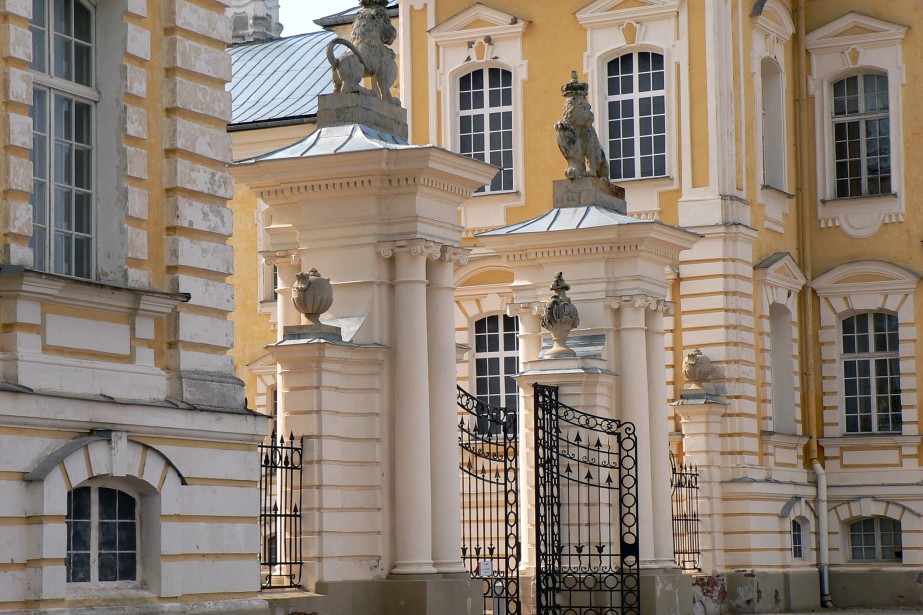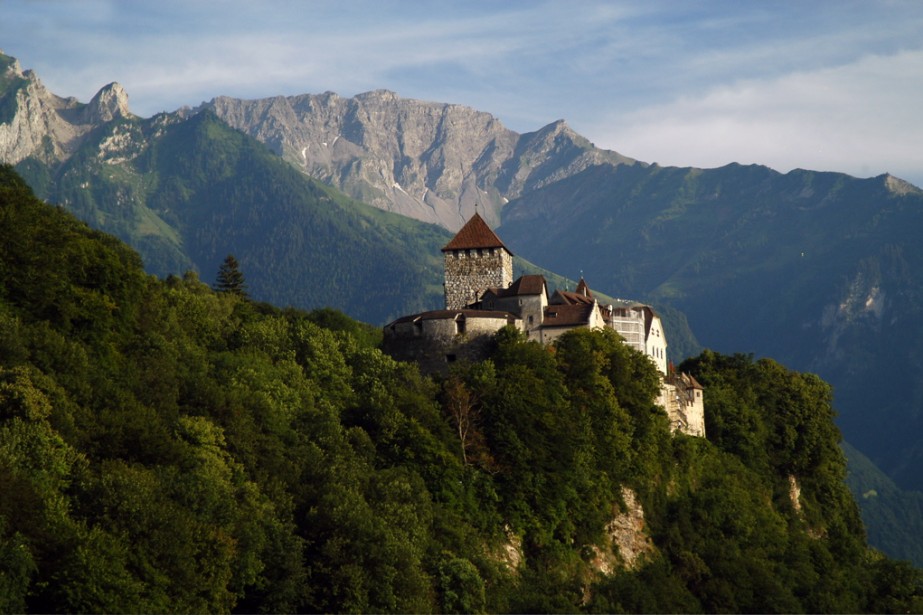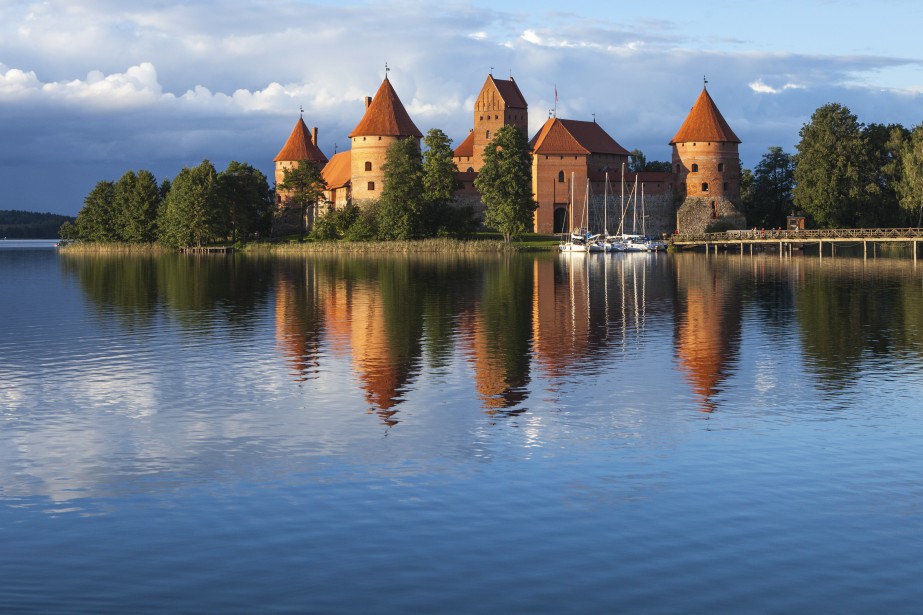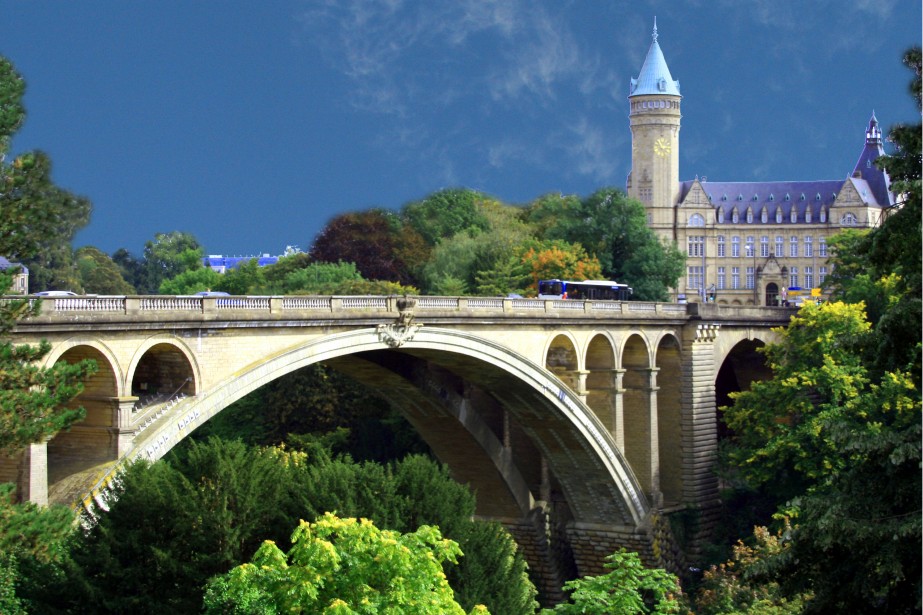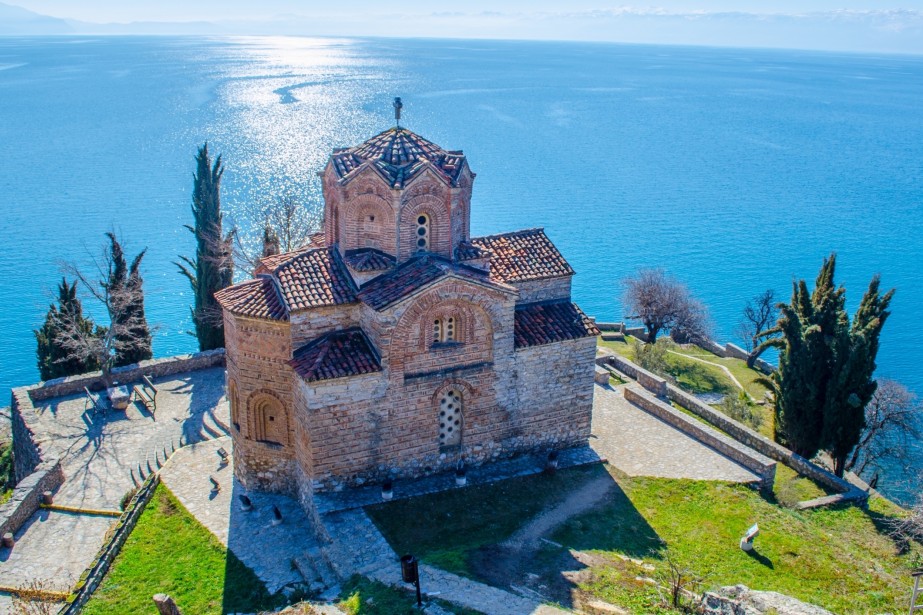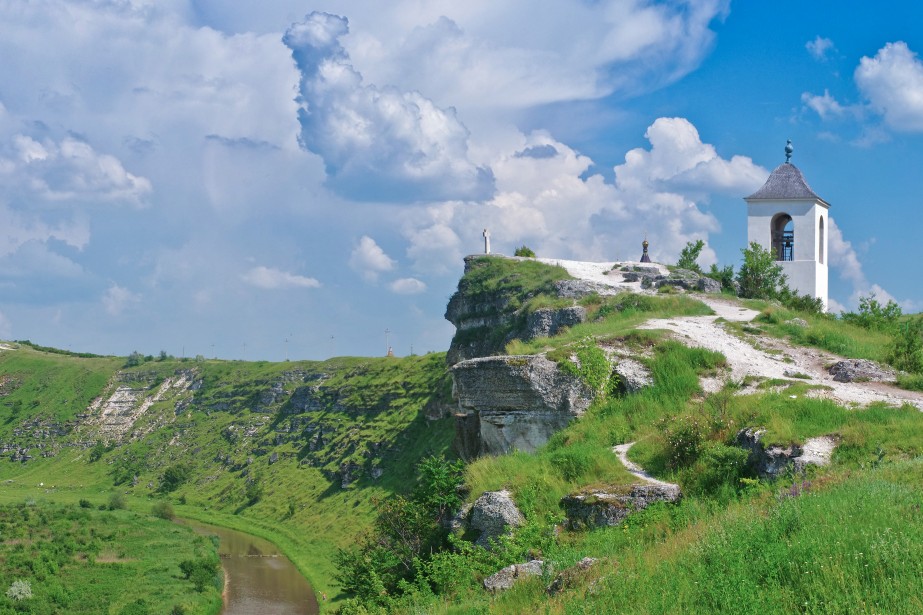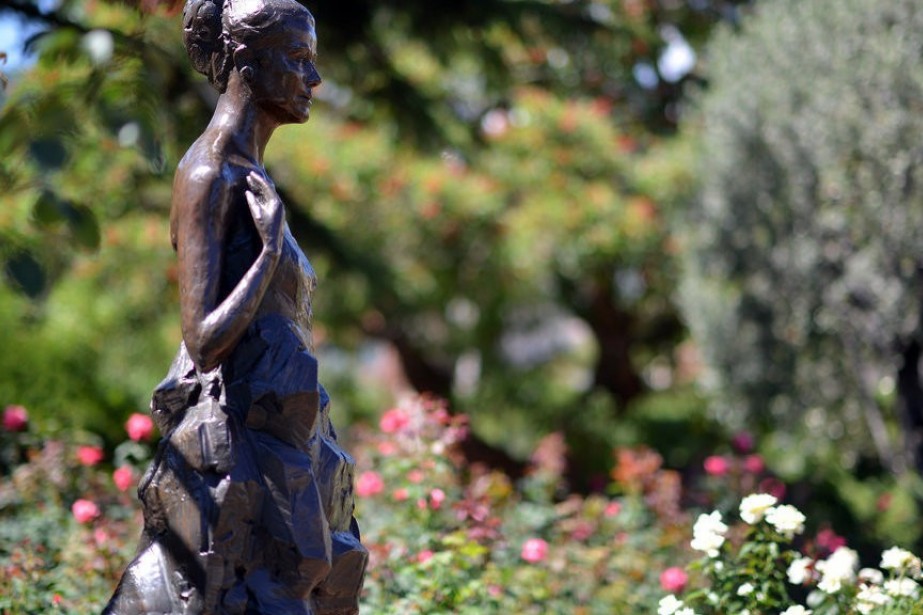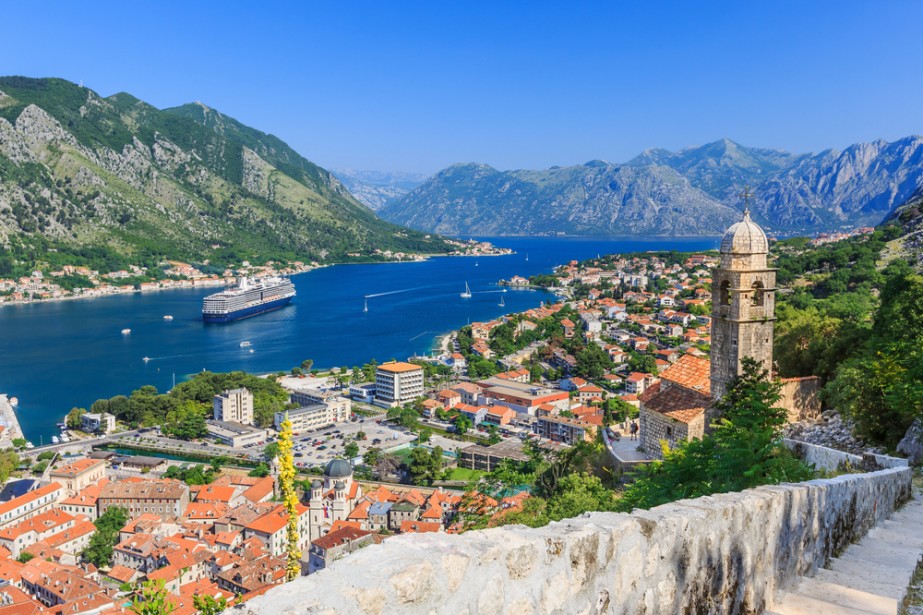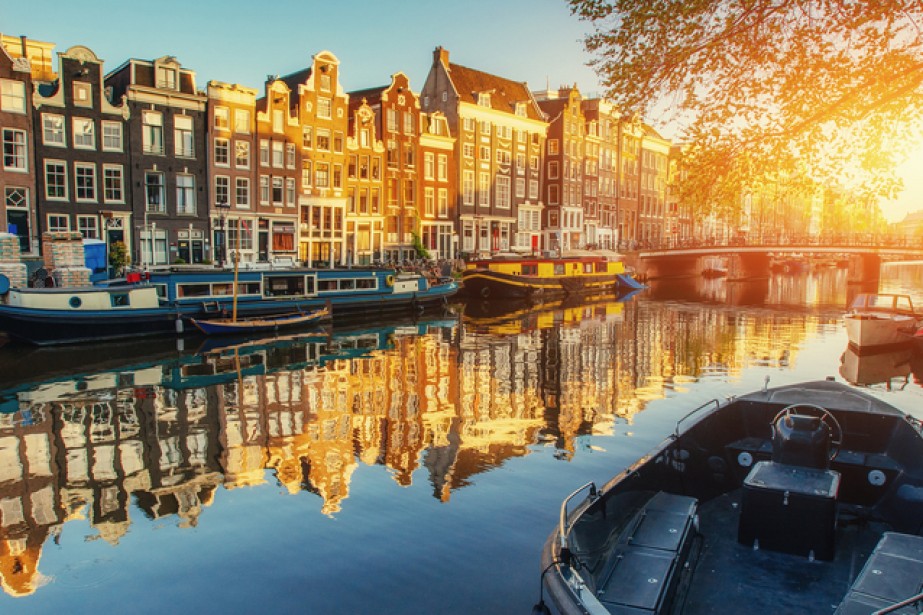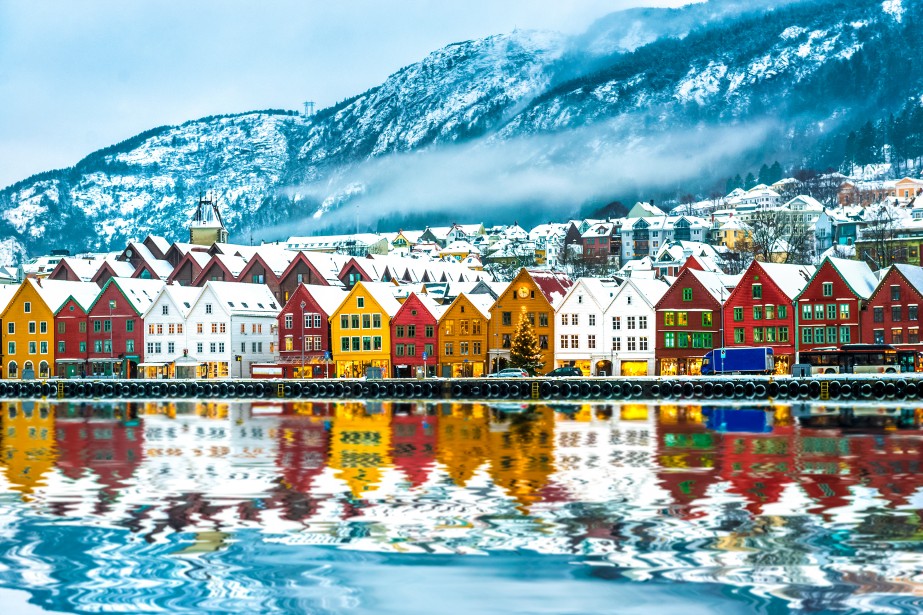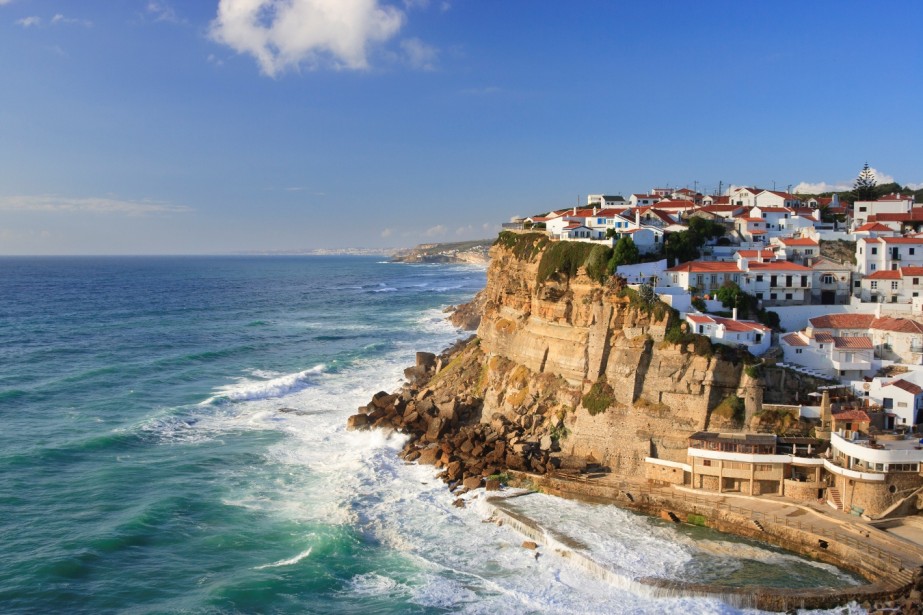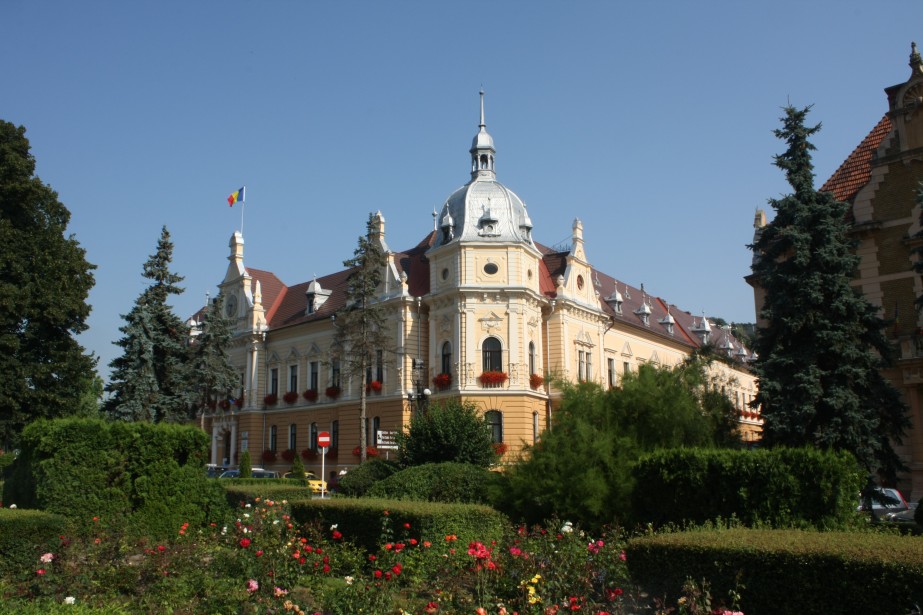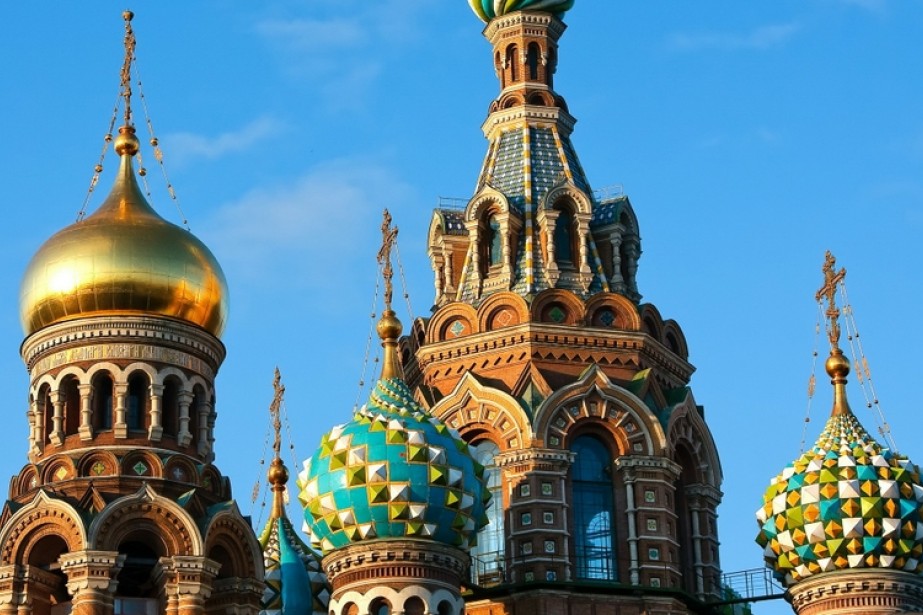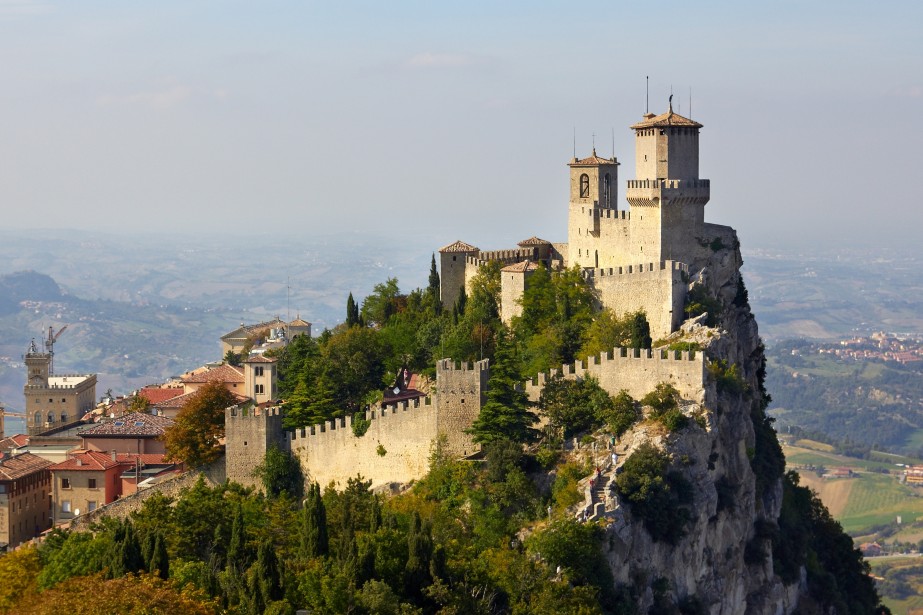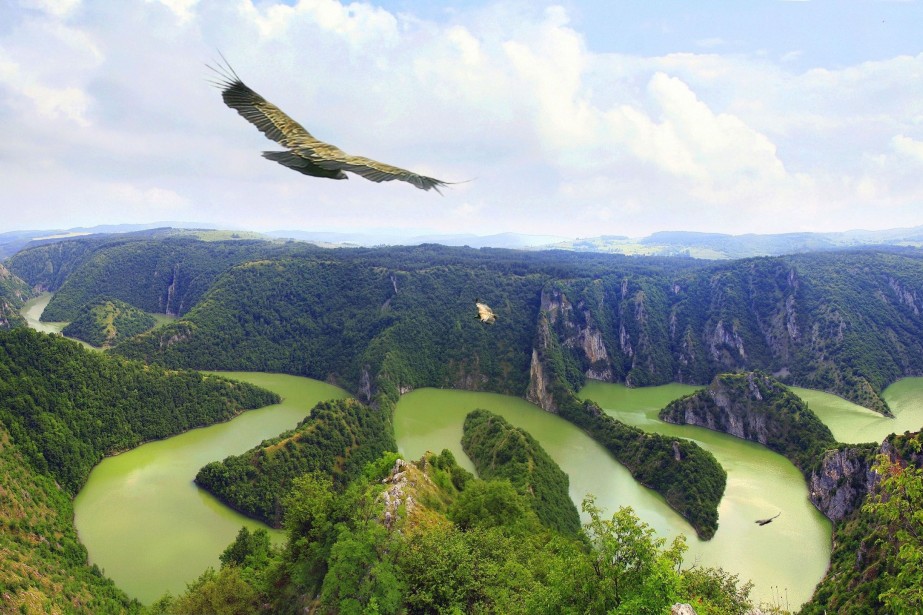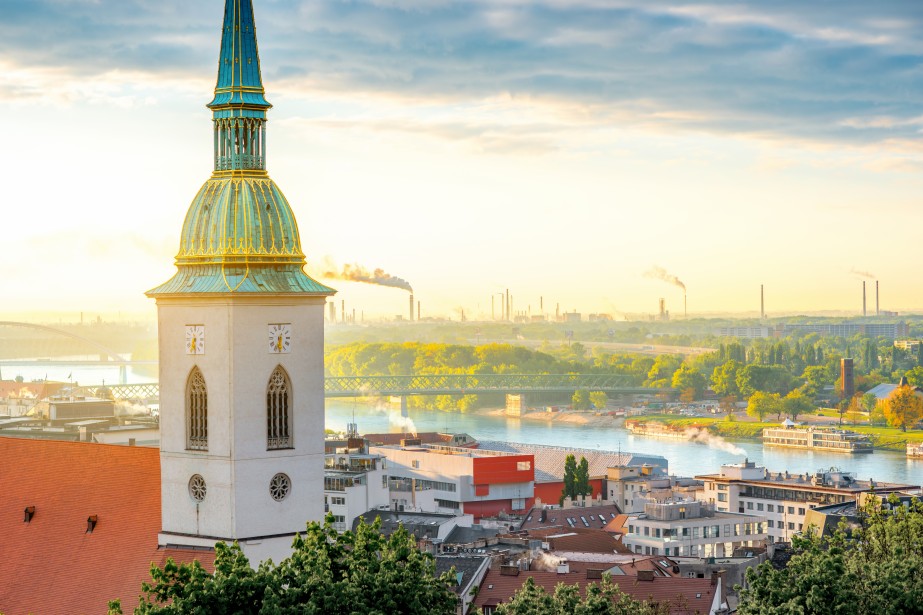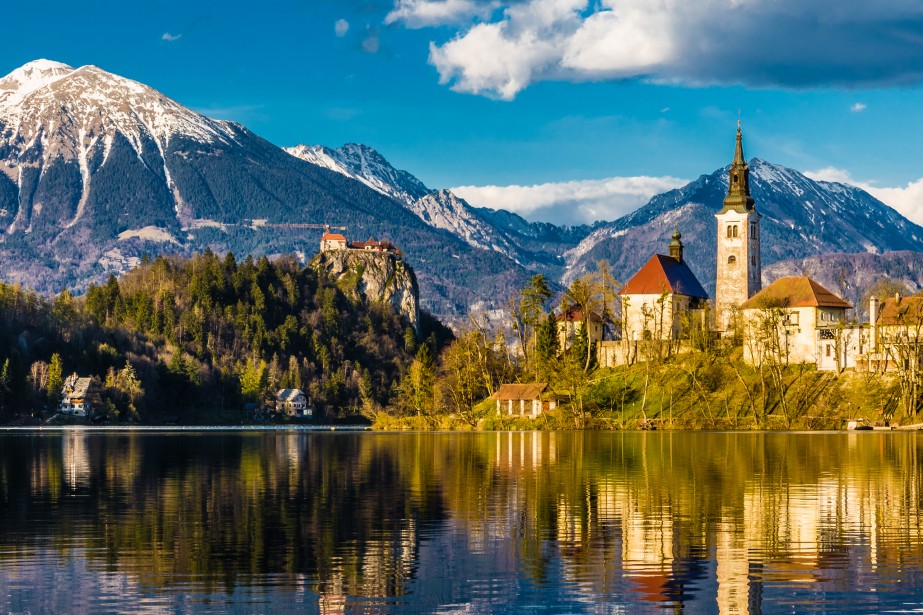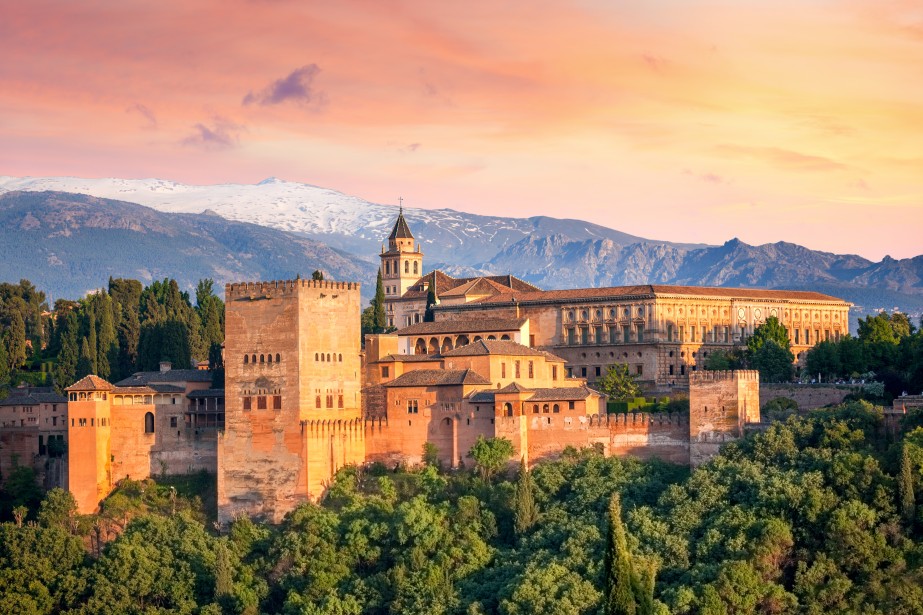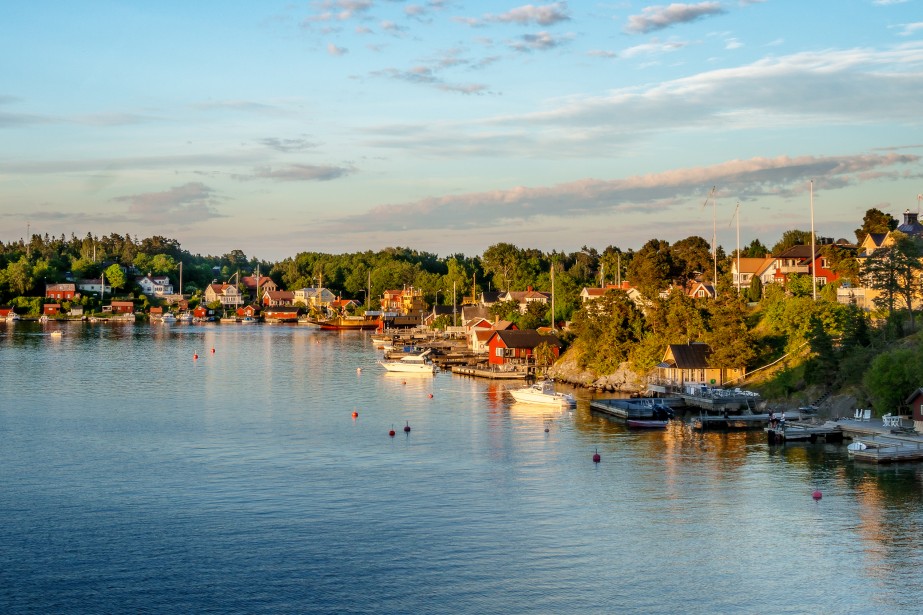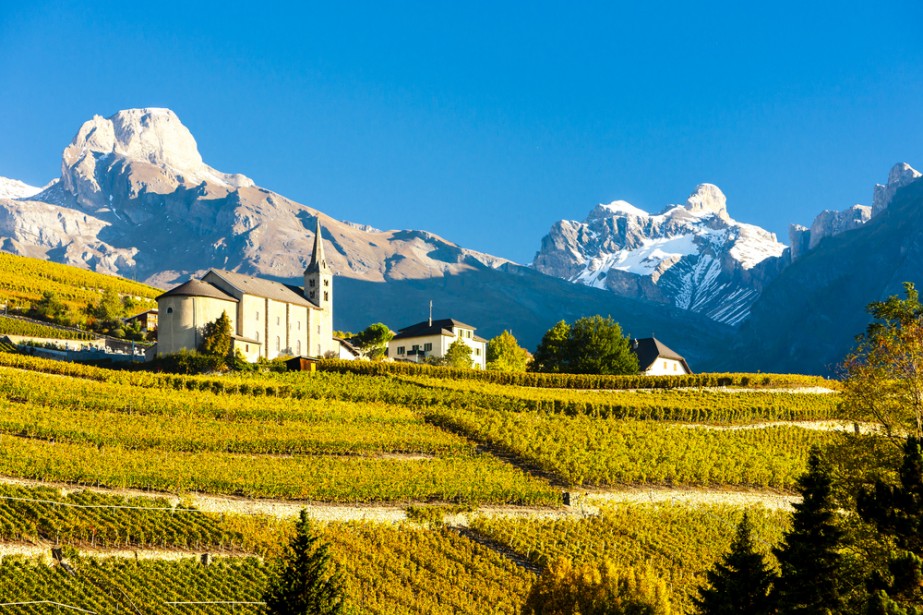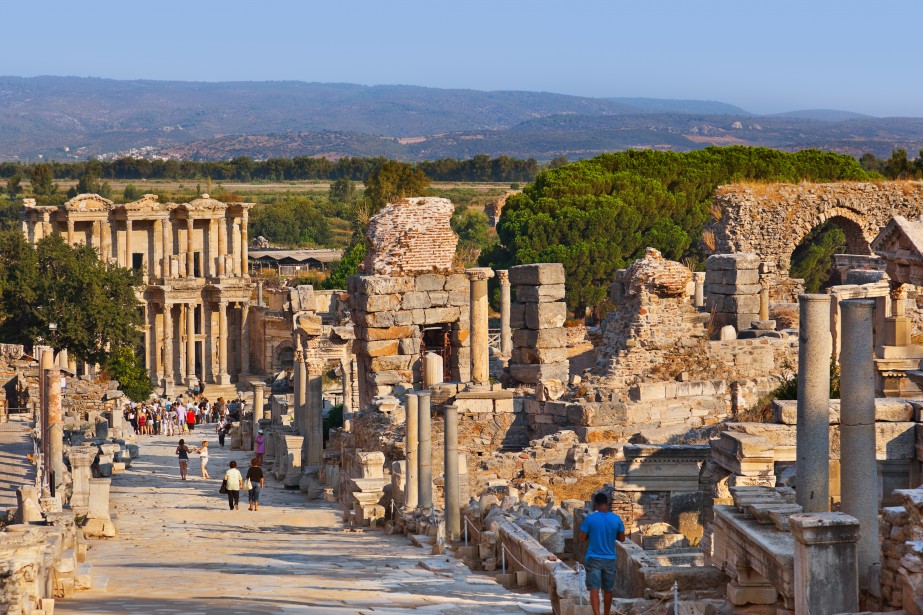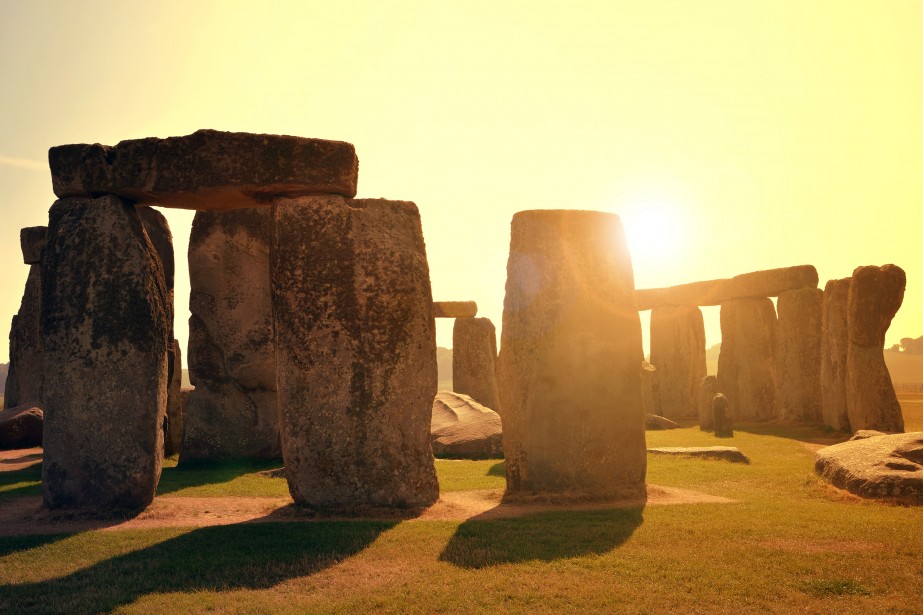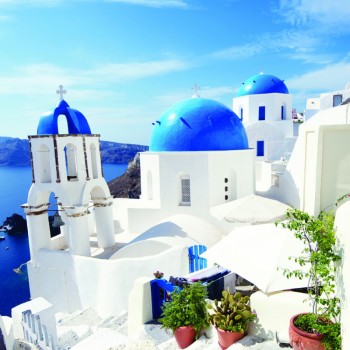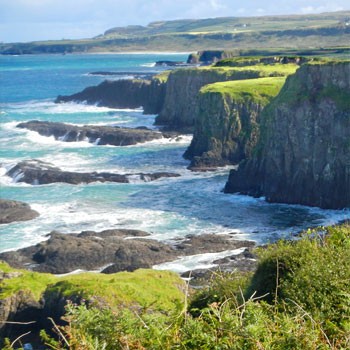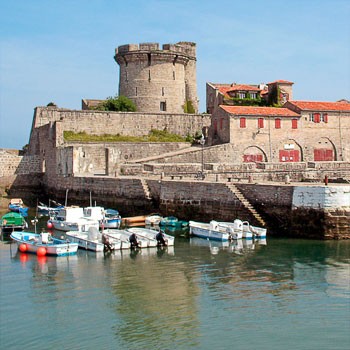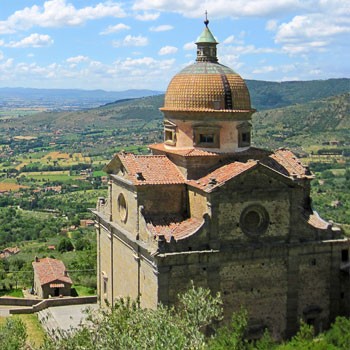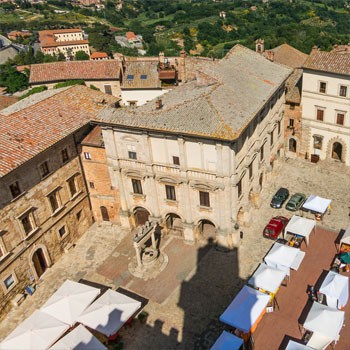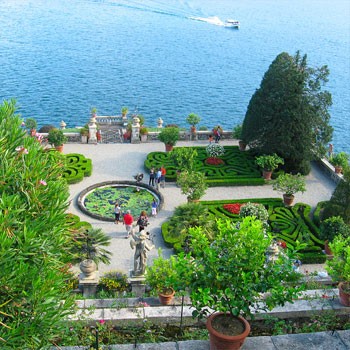Submitted by Anonymous on August 19, 2016
Overview
A country in Europe, Norway is a heaven blessed with natural and man-made wonders. This Scandinavian country is a sovereign and unitary monarchy officially known as the “Kingdom of Norway”. With a total area of 148,747 square miles and a population of 5 213 985 as of May 2016, it is bordered by Russia and Finland to the north-east, the Skagerrak Strait to the south, with Denmark on the other side and shares an eastern border with Sweden. Facing the North Atlantic Ocean and the Barents Sea is Norway’s long coastline. Its greatest assets are its geographical treasures in the form of mountains, deep coastal fjords, and glaciers.
Norway is the most popular place to experience the phenomenon of the Midnight Sun. The Midnight Sun is a natural phenomenon that takes place in parts in latitudes north of the Arctic Circle where the sun is visible at the local midnight time.
Fellesferien which literally translates to communal holiday is a time of the year, specifically in the second week of July when Norwegians usually take their four week summer vacation. Everything slows down during this period.
The “weekend of binge drinking”, known to Norwegians as Helgefylla is a long standing tradition in Norway where Norwegians go out to their local bars and nightclubs on the weekend and get extremely drunk. Something beer lovers would absolutely enjoy. Norwegians tend to concentrate their alcohol consumption in a shortest possible time space. Helgefylla is almost like spring break in the U.S., except every weekend. During this time, Norwegians tend to become friendly, outgoing and open-minded.
When to Travel – Weather
It is best to get specific climate and weather information about the places you plan to visit. Norway does not have an arctic climate even though it is located far north. The best time for travelers to visit Norway is in the early summer, particularly the months of June and July. During this time one can enjoy the Midnight Sun with very long days in the south and a possibility of sunshine in the north all around the clock. If you enjoy hiking then July and August are the months for you. Make sure to protect your skin with sunscreen and your eyes with sunglasses from the UV Rays of the sun as the Nordic sun can burn your skin even if it is not hot. These are Norway’s highest tourist level times.
In May and September you can get lower rates and the weather will be forgiving enough to permit you to enjoy outdoor activities and sightseeing.
Skiing season is generally from November to April and can sometimes extend to May in some places. During the winter season in November to March, it Is advised that you only drive if you are an experienced driver. Mountain passes are sometimes closed due to snowfall. Drivers will have to form a line behind the snow plow.
Octobers in Norway are usually the cheapest and quietest times for travelers as the summer is over and the ski season is yet to start.
Food and Drink
Alcohol is expensive in Norway and it is impossible to get cheap beer except from Polish immigrants. The legal age for drinking and buying beer and wine is 18, but as for stronger alcohol (anything over 22% ABV) the minimum age is 20. Alcohol above 4.7% ABV for home consumption is sold only by the state through Vinmonopolet (special monopoly stores). Beer and cider is sold in general stores. Popular drinks include Aquavit (schnapps), Pils (light lager) and Lagerøl (lager with less than 2.5% volume).
Do not complain in restaurants. Even though the bacon was burned, the steak overcooked and the Wine corked a Norwegian with self respect will never complain in a restaurant. Norwegian restaurants expect no more than 5% - 10% tip as the service charge is already included in the bill.
Norwegian cuisine traditionally focuses on fish and animals hunted for sport or food. Norwegians typically eat three to four meals a day. They usually consist of a cold breakfast, cold packed lunch for work and a hot dinner (which is enjoyed with the family). Breakfast is called Frokost and at this time Norwegians enjoy milk or fruit juice, coffee and open sandwiches (a sandwich that has a single slice of bread with one or more food items on top) with meat cuts, spreads, cheese or jam. Corn flakes, muesli and oatmeal are also popular among children. Dinner is called Middag and consists of carbohydrates such as potatoes and animal proteins like meat or fish. Norwegians typically have dinner between 4 and 5 PM. An open bread sandwich is usually consumed at suppertime (kveldsmat) which usually takes place around 7-8 PM.
The national dish of Norway is a mutton stew called Fårikål. Cabbage and mutton is layered in a big pot along with black peppercorns, salt (and, in some recipes, wheat flour to thicken the sauce), covered with water and simmered until the meat is very tender wit potatoes on the side.
Places to Visit
Geirangerfjord - The fjord is one of the most visited tourist sites in Norway and is located in the Sunnmore region. The small village of Geiranger is located at the end of the fjord where the Geirangelva River empties into it. Beautiful green mountains and majestic cliffs are accessorized by the deep blue water. The most notable waterfalls that this magical wonder boasts are the Seven Sisters Falls and the Suitor also known as The Friar.
Bryggen - With an appearance that is absolutely picturesque, the eastern side of the fjord coming into Bergen is lined by a series of hanseatic commercial buildings called Bryggen or Tyskebryggen. Notable houses at Bryggen include Bellgården which is a 300-year-old building, Svensgården, Enhjørningsgården, Bredsgården, Bugården and Engelgården. You can find museums such as Bryggens Museum, Hanseatic Museum and Schøtstuene. You can shop in boutiques, visit craftsmen’s studios or enjoy a bite to eat down a narrow alleyway.
Heddal Stave Church - Legend has it that this wonder was built in three days by five farmers. Dedicated to the Virgin Mary, the Heddal Stave Church the largest stave church in Norway and can be found at Heddal in Notodden municipality. With triple naves that stand proudly against the sky and made entirely of wood, this church was built in the 13th century.
Viking Ship Museum - The Viking Ship Museum in Oslo showcases some of the great ninth century ships like Gokstad, Oseberg and Tune that were sailed across the northern seas many centuries ago. The museum also displays textiles, tools and household items as well as items found in Viking tombs.
Jostedalsbreen Glacier - The Jostedal Glacier is the largest glacier in continental Europe. The glacier is surrounded by Jostedalsbreen Glacier National Park in southern Norway. The glacier has shrunk significantly over the years. It is no longer possible for the locals to cross it on foot. Well prepared individuals can hike and ski on the glacier but must be extremely careful as these activities can be very dangerous.
Practical Information
Language
The official languages of Norway are Norwegian, Sami and Kven. Other languages spoken include Romani, Swedish, Finnish, and Russian including foreign languages such as English, French and German. Norwegian is used by 95% of the population as a first language.
Transport
Norwegians drive on the right side of the road. In Norway many cars are manual transmission and unless you specifically request one that is automatic transmission, you will be given a manual transmission vehicle by the car rental companies. The speed on the roads can be slow due to road conditions but the general speed limit is 80 kmh. Parking is challenging in main cities and tends to be expensive sometimes. Most drivers abide by the law and are disciplined; therefore, driving is generally easy with calm traffic. Public transport in and around cities is well developed, but tends to be less built out in rural areas.
Currency
The currency in Norway is the Norwegian Krone (kr) with the plural being Kroner. There are coins for 1 kr, 5 kr, 10 kr and 20 kr while there are banknotes for 50 kr, 100, 500 kr and 1000 kr. The 1000 kr banknote is rarely used. You can pay for practically anything with a credit card; from big purchases to simple things like a cup of coffee or your taxi cab fare. No one will raise their eyebrows at you.

